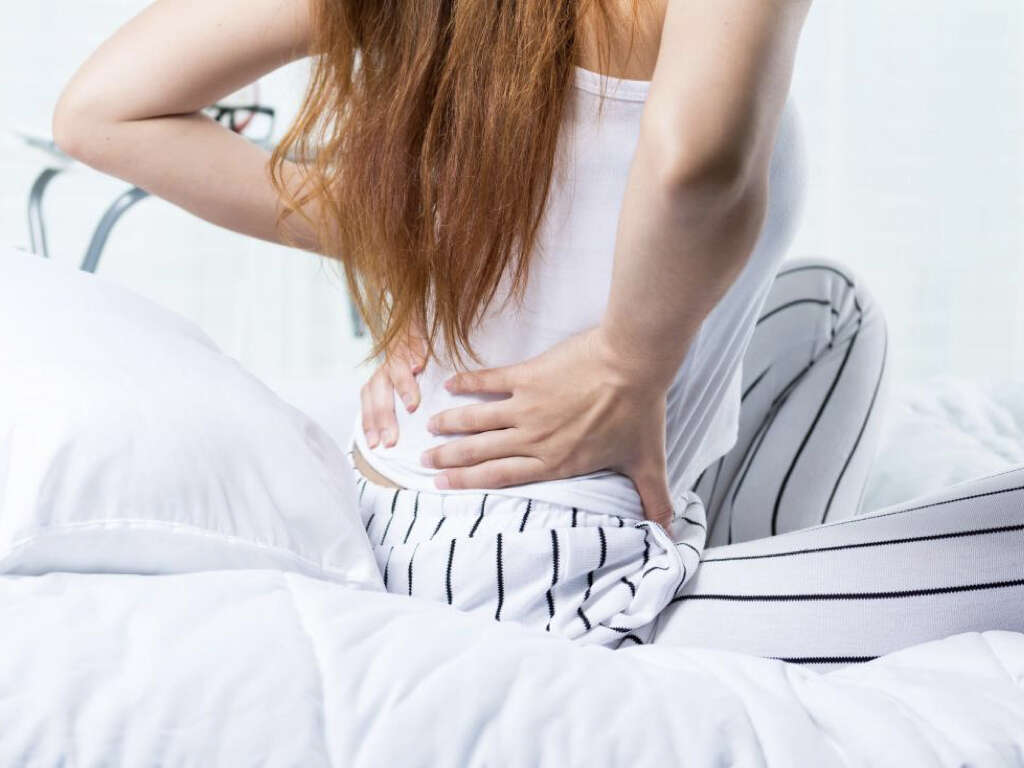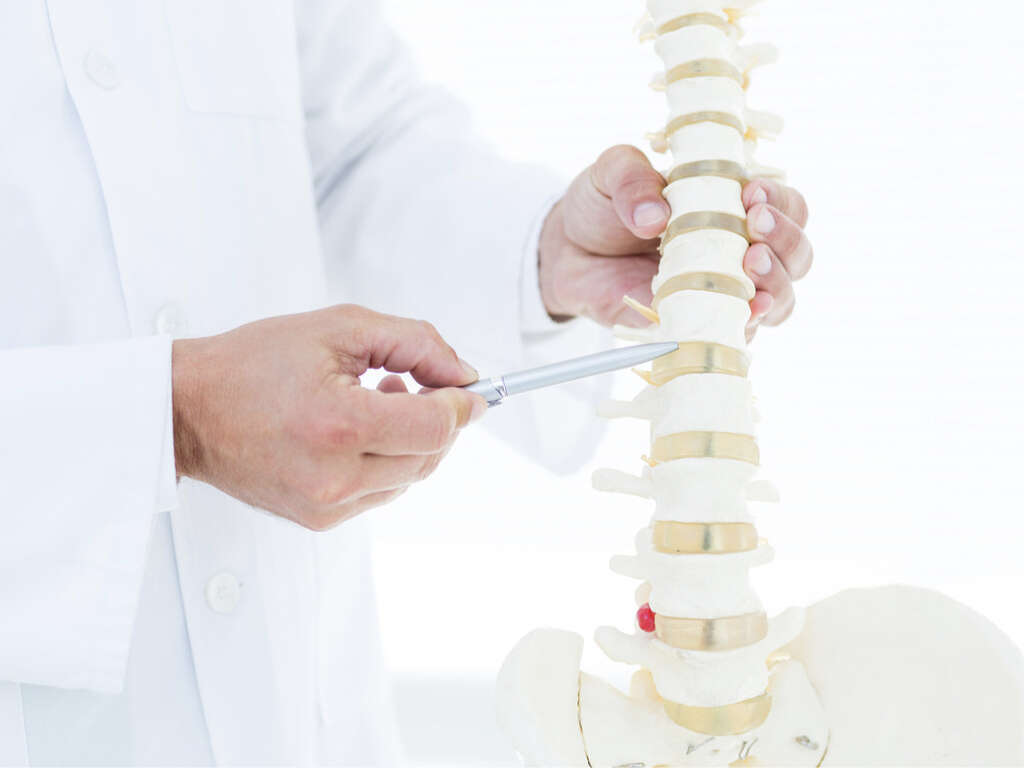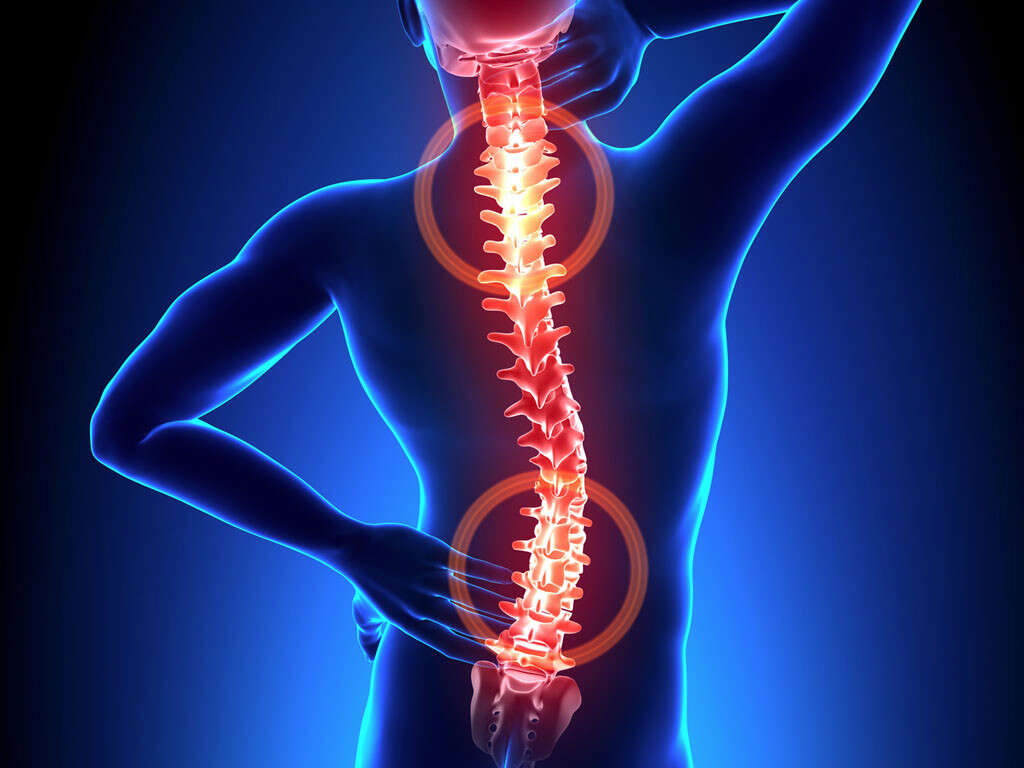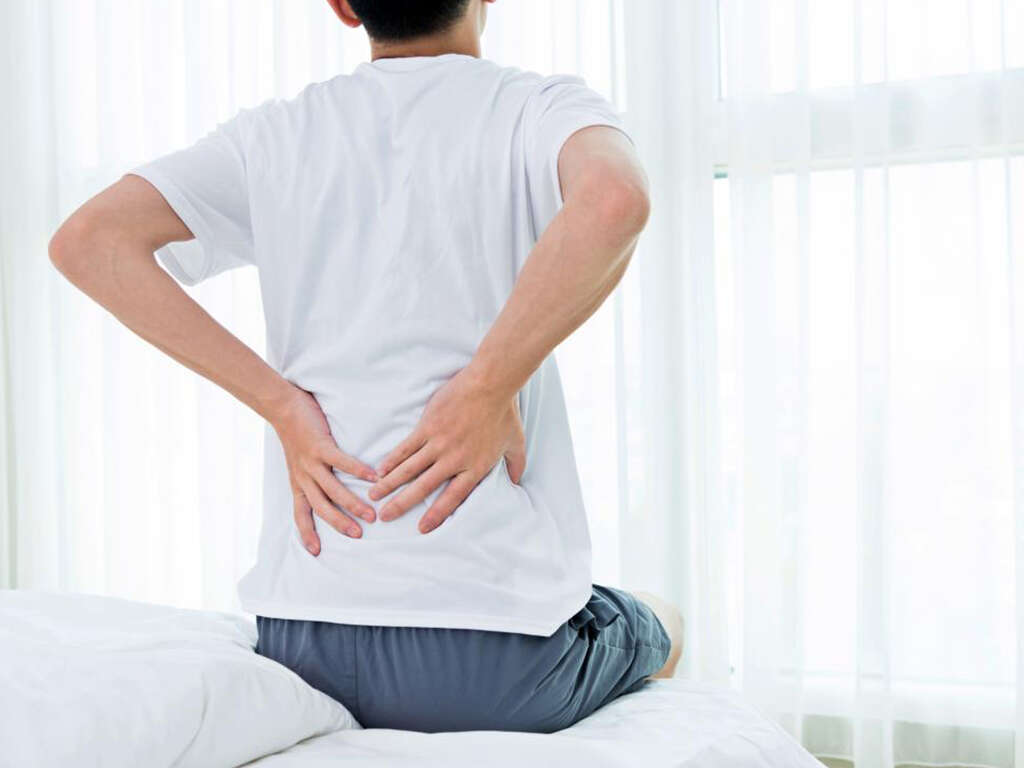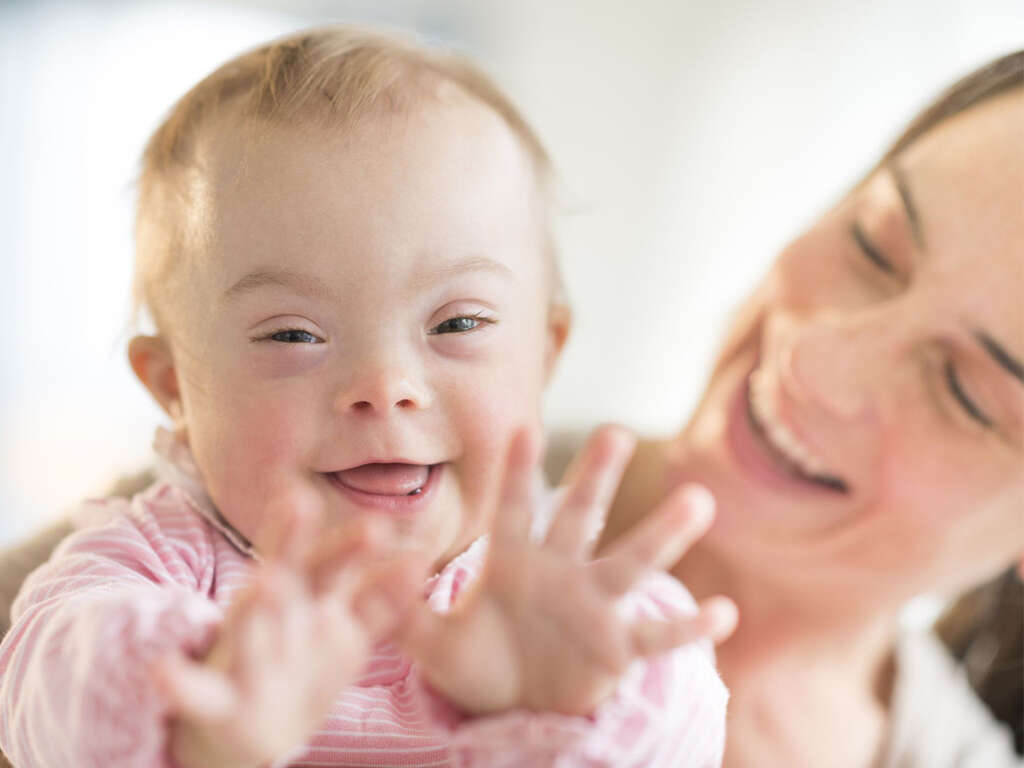10 Spina Bifida Symptoms
 Article Sources
Article Sources
- 1. 'What Is Spina Bifida? Resources and Prevention.' Spina Bifida Association, 15 Sept. 2020, www.spinabifidaassociation.org/what-is-spina-bifida-2/
- 2. The Children's Hospital of Philadelphia. 'Spina Bifida Causes, Symptoms and Treatment.' Children's Hospital of Philadelphia, The Children's Hospital of Philadelphia, 31 Mar. 2014, www.chop.edu/conditions-diseases/spina-bifida
- 3. 'What Is Spina Bifida?' Centers for Disease Control and Prevention, Centers for Disease Control and Prevention, 3 Sept. 2020, www.cdc.gov/ncbddd/spinabifida/facts.html
- 4. 'Spina Bifida Fact Sheet.' National Institute of Neurological Disorders and Stroke, U.S. Department of Health and Human Services, www.ninds.nih.gov/Disorders/Patient-Caregiver-Education/Fact-Sheets/Spina-Bifida-Fact-Sheet
- 5. Streur, Courtney S., et al. 'Sexual Function of Men and Women With Spina Bifida: A Scoping Literature Review.' Sexual Medicine Reviews, Elsevier, 17 Feb. 2021, www.sciencedirect.com/science/article/abs/pii/S2050052120300998
- 6. 'Neuropsychology Guideline.' Spina Bifida Association, 5 June 2020, www.spinabifidaassociation.org/resource/neuropsychology/
Spina bifida is a neural tube defect that can occur anywhere along the spine. It causes the spinal cord to form improperly and can leave nerves exposed. In the U.S., spina bifida is one of the most prevalent central nervous system birth defects that occur in one per 2,000 live births or an average of 1,500 per year.
In normal conditions, the neural tube closes by day 28 of pregnancy. In babies with this condition, a part of the neural tube doesn't close or form properly. Spina bifida symptoms vary from mild to severe, depending on the location and size of the opening.1‘What Is Spina Bifida? Resources and Prevention.’ Spina Bifida Association, 15 Sept. 2020, www.spinabifidaassociation.org/what-is-spina-bifida-2/,2The Children’s Hospital of Philadelphia. ‘Spina Bifida Causes, Symptoms and Treatment.’ Children’s Hospital of Philadelphia, The Children’s Hospital of Philadelphia, 31 Mar. 2014, www.chop.edu/conditions-diseases/spina-bifida

Myelomeningocele
The most severe form of spina bifida is myelomeningocele, while spina bifida occulta is the mildest form. It's a defect of the spine that exposes the nerves and pushes them through the vertebrae in the form of a membrane-covered, fluid-filled sac, causing the nerves to protrude.
Children with myelomeningocele may experience leg weakness in their brain structure. However, different cases of myelomeningocele spina bifida may have different symptoms. Some experts refer to this form of defect as a snowflake condition because of the wide variances. Medical advancements allow surgeons to close the opening in utero or following birth.3‘What Is Spina Bifida?’ Centers for Disease Control and Prevention, Centers for Disease Control and Prevention, 3 Sept. 2020, www.cdc.gov/ncbddd/spinabifida/facts.html,4‘Spina Bifida Fact Sheet.’ National Institute of Neurological Disorders and Stroke, U.S. Department of Health and Human Services, www.ninds.nih.gov/Disorders/Patient-Caregiver-Education/Fact-Sheets/Spina-Bifida-Fact-Sheet

Sexual Dysfunction
Another spina bifida symptom is sexual dysfunction. Males with lesions in the lower back and intact sacral reflexes may have fewer problems with erection, ejaculation and orgasm. Some males with spina bifida might experience issues with an erection sufficient for penetration.
Females might have decreased arousal, pain and difficulty orgasming. Scientists don't fully understand the full cause of sexual dysfunction in females with spina bifida. More studies are necessary to develop a treatment for these patients.5Streur, Courtney S., et al. ‘Sexual Function of Men and Women With Spina Bifida: A Scoping Literature Review.’ Sexual Medicine Reviews, Elsevier, 17 Feb. 2021, www.sciencedirect.com/science/article/abs/pii/S2050052120300998

Incontinence
People with myelomeningocele spina bifida and some types of closed neural tube defects may experience bowel and bladder incontinence. These patients might need assistance draining their bladder and having bowel movements at scheduled times throughout the day.
Additionally, patients may have trouble with incontinence during sexual intercourse. Medication might help reduce these symptoms and improve the patient's quality of life. Further research is needed involving people with spina bifida to understand these symptoms.
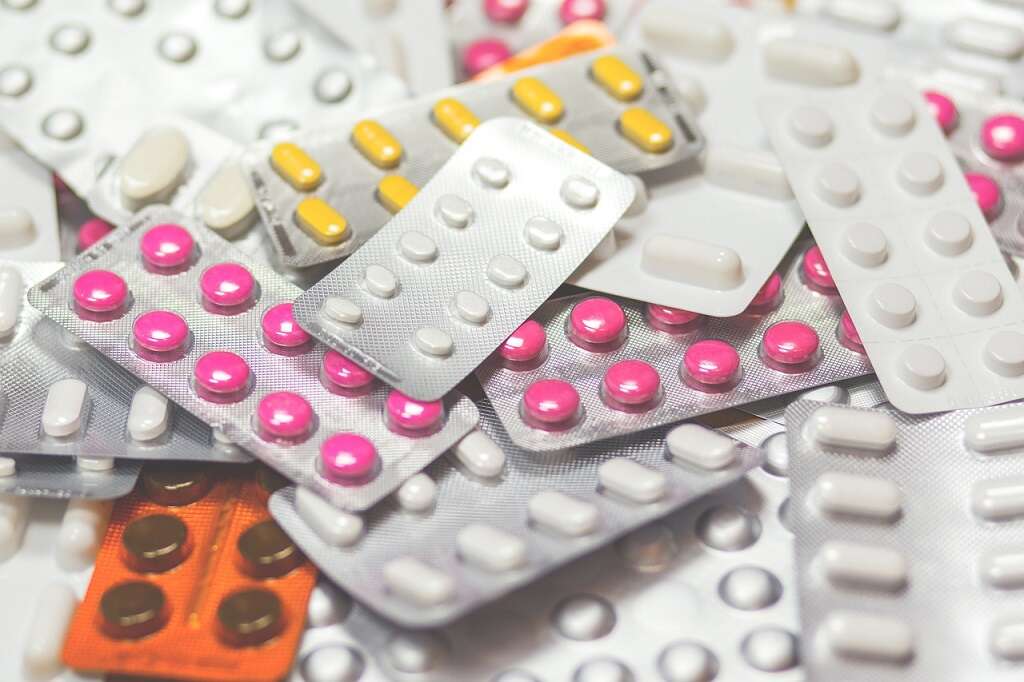
Paralysis
Individuals with myelomeningocele and large closed neural tube defects might not have enough muscle development in their lower extremities to walk and may experience paralysis. Some movement is possible depending on the severity of the condition.
Paralysis is the result of nerve damage. Currently, it's not possible to correct the problem and the person never gains adequate strength or sensation in their lower body. Also, as people with spina bifida age, they can lose the strength and sensation they have in their legs.

Dimple on Back of Neck
Closed neural tube defects may appear at birth. Medical professionals might recognize the condition by a dimple or birthmark where the spinal malformation appears under the skin. These may develop with an abnormal fatty mass or a tuft or clump of hair.
A physician may order an imaging test to see below the skin's surface for a more clear picture of the spine. The X-ray, MRI or CT can help determine the source of the dimple.
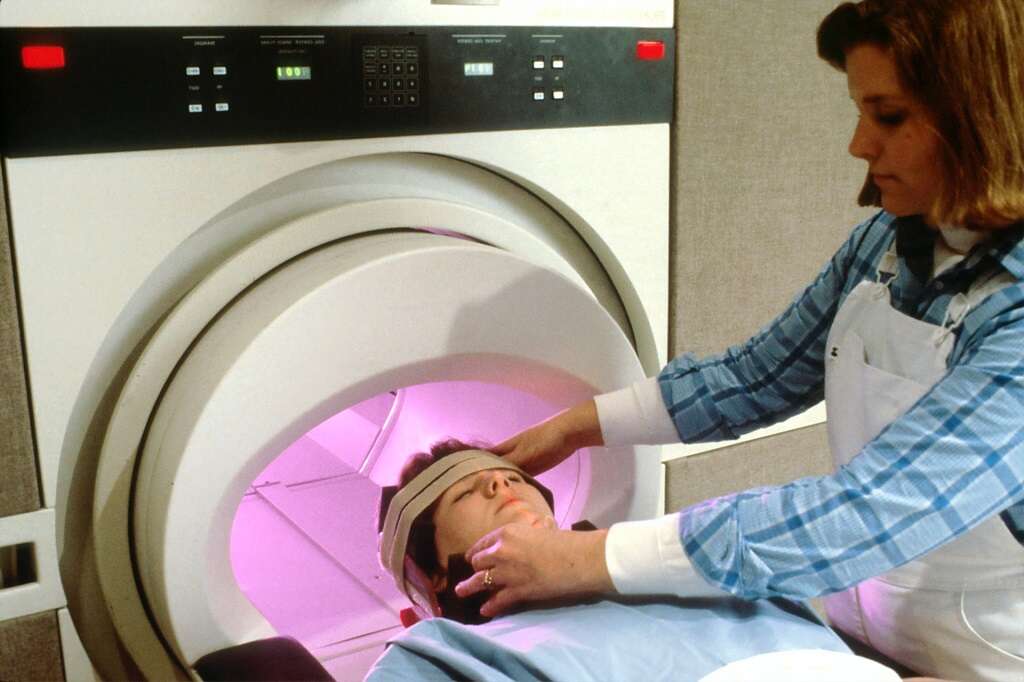
Cognitive Impairment
Babies born with an open spinal lesion from myelomeningocele spina bifida might present with severe cognitive impairment from a brain anomaly called Chiari II malformation. This defect can make changes to the neuroanatomical development of the child and impair learning skills.
Early intervention from infancy might support stronger cognitive and social outcomes as the patient ages. Additionally, children with Chiari II malformation might experience problems with breathing and swallowing. Parents and caregivers need to watch for signs, which can include ADHD-like symptoms.6‘Neuropsychology Guideline.’ Spina Bifida Association, 5 June 2020, www.spinabifidaassociation.org/resource/neuropsychology/

Orthopedic Malformation
Some patients with spina bifida may have other malformations related to the weakness of the muscles of the back and legs. These symptoms vary depending on where the lesion forms. Orthopedic malformations might include abnormal muscle contractions, scoliosis and club feet. Other potential issues with rotational deformities of the hips and knees can also cause gait problems.
These orthopedic conditions can increase difficulty with walking and other activities involving the legs. However, procedures are available to fix or improve these functions.

Hindbrain Herniation
Children with spina bifida and Chiari II malformation have a hindbrain that descends into the upper area of the neck. This development is found in myelomeningocele spina bifida. An estimated 14 percent of children under age five fail to survive hindbrain herniation complications, which can include tectal breaking and excess fluid in the brain.
A surgeon might be able to reverse hindbrain herniation through prenatal repairs. Research following these children found the procedure significantly improved their physical and emotional development.
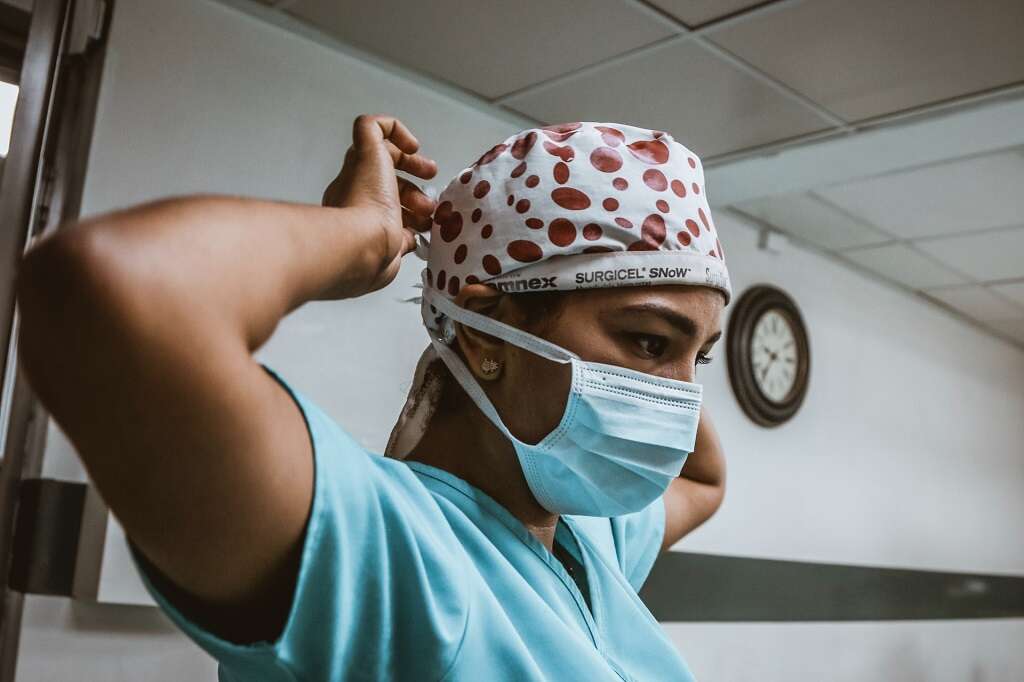
Fluid in the Brain
According to the Spina Bifida Association, between 70 and 90 percent of children with myelomeningocele or spina bifida cystica have too much fluid in their brains, a condition called hydrocephalus. This happens because the fluid isn't able to drain, which causes swelling and pressure and can lead to brain damage.
Children with fluid buildup have a visibly large head. This spina bifida symptom can also occur in kids without the defect.
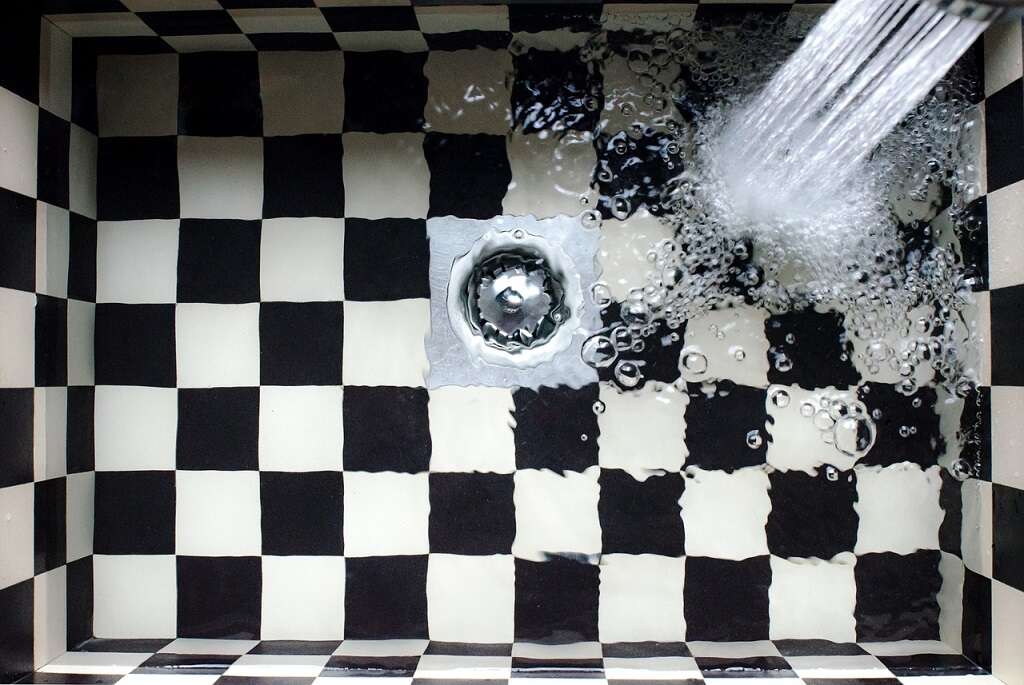
No Symptoms
Children won't always experience symptoms with milder forms of spina bifida. For example, spina bifida occulta occurs when one or more bones in the spinal column are malformed and may be diagnosed accidentally following an X-ray for an unrelated condition.
Patients may show little or no symptoms. Some cases of meningocele don't involve nerves and are mild. Taking vitamin B9, also known as folate or folic acid, before and during pregnancy helps decrease the risk of having a baby with spina bifida.



